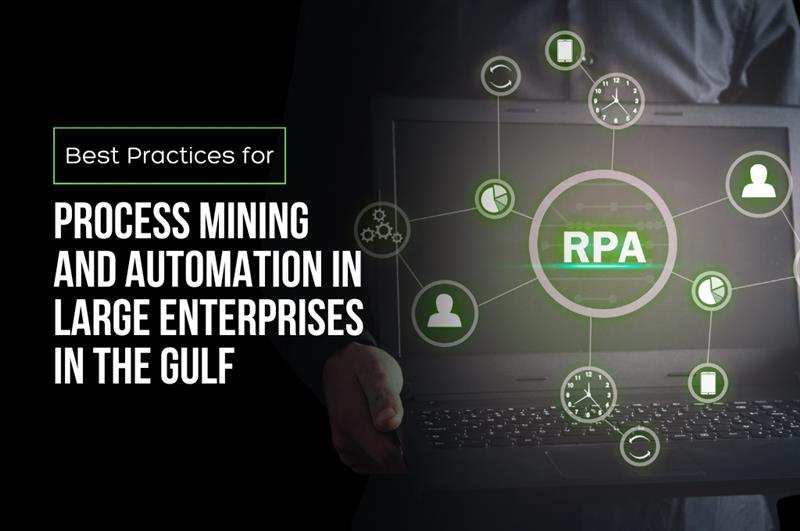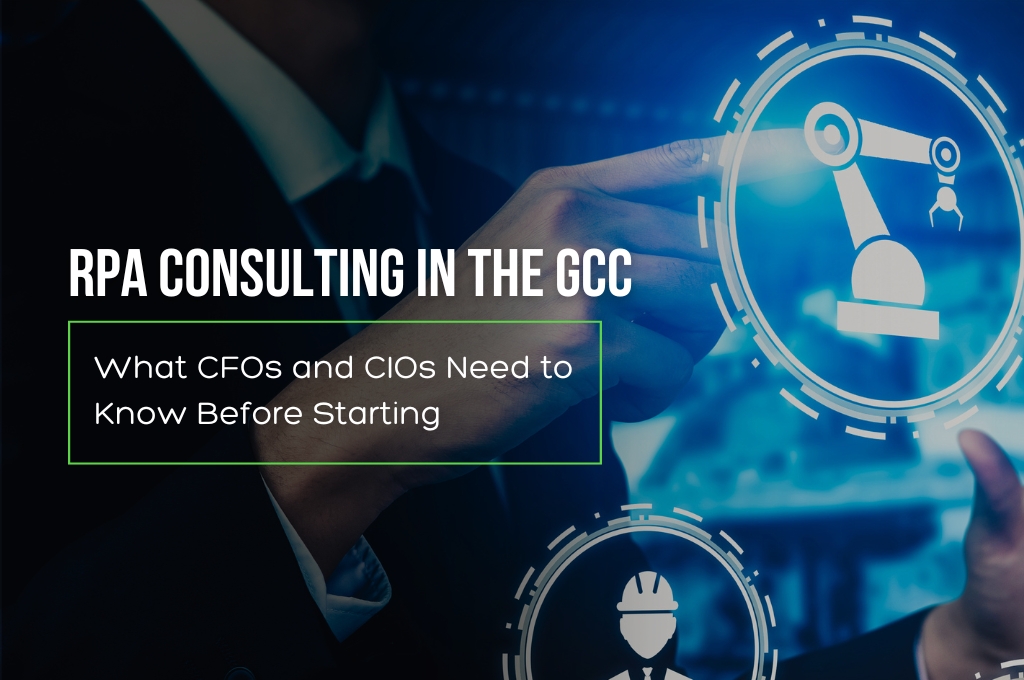Banks are no longer just financial institutions; they are becoming autonomous, intelligent ecosystems. The emergence of Agentic AI marks a fundamental shift in banking operations—one where AI doesn’t just assist but takes charge. Unlike conventional automation, which follows predefined workflows, Agentic AI possesses decision-making autonomy, real-time adaptability, and proactive execution—bringing the concept of a self-driving bank from theory to reality.
Banking without Limits: AI is taking the Wheel
For years, financial institutions have leveraged predictive analytics, rule-based automation, and chatbots to enhance efficiency. However, these systems are inherently reactive—limited by static workflows and requiring human oversight.
Agentic AI changes the equation by functioning as a self-directed intelligence layer that:
- Acts Independently: It identifies inefficiencies and executes corrective actions without human prompts.
- Learns in Real Time: It dynamically refines strategies based on evolving data patterns.
- Coordinates Complex Tasks: It orchestrates multiple AI agents to handle risk management, fraud detection, regulatory compliance, and customer interactions seamlessly.
Unlike Robotic Process Automation (RPA), which executes repetitive tasks based on pre-set rules, Agentic AI dynamically refines its own processes, evolving its decision-making without explicit reprogramming.
Agentic AI and the ‘Do-It-For-Me’ Economy
The financial services landscape is shifting from a self-service model to a do-it-for-me paradigm. Customers no longer want to navigate complex banking processes—they expect their financial needs to be anticipated and managed automatically.
Agentic AI enables this transition by:
- Financial Autopilot: The AI continuously optimizes an individual’s portfolio, adjusting investments based on market signals.
- Automated Loan Processing: AI underwrites loans in seconds, assessing creditworthiness in real-time without human oversight.
- Fraud Prevention at the Edge: AI-driven anomaly detection identifies fraudulent transactions before they occur, preventing losses at scale.
This evolution is not speculative. According to Gartner, by 2028, 33% of enterprise software applications will include Agentic AI, up from less than 1% in 2024, enabling 15% of day-to-day work decisions to be made autonomously.
Breaking the Silos: AI Agents Orchestrating Banking Operations
Traditional banks suffer from fragmented processes—customer service, credit underwriting, compliance, and fraud detection often operate in silos. Agentic AI eliminates these inefficiencies by functioning as an orchestration layer, dynamically coordinating these processes in real time.
- Autonomous Loan Approval: AI continuously evaluates borrower risk based on real-time behavioral and transactional data, issuing approvals within milliseconds.
- Regulatory Compliance Automation: AI agents scan, interpret, and enforce compliance dynamically, ensuring adherence to evolving regulations.
- Predictive Customer Engagement: AI anticipates customer needs, offering tailored financial products before users even realize they need them.
According to McKinsey, implementing multi-agent AI systems in banking can lead to productivity gains of 20% to 60% in tasks such as credit memo preparation, and accelerate decision-making processes by approximately 30%.
The Road Ahead: Full Autonomy in Banking?
Major Banks — including Citi, JPMorgan, and DBS—are already deploying Agentic AI to optimize operations.
However, this shift is not without challenges. Regulatory bodies must establish clear AI governance, ensuring transparency in AI-driven financial decisions. The shift to self-driving banks demands robust governance, transparent AI models, and cybersecurity resilience to counteract risks associated with autonomous financial systems.
The AI-Driven Bank is Inevitable
Agentic AI is not just an enhancement to banking—it is the blueprint for a self-driving financial ecosystem. As AI systems continue to evolve, human involvement in routine financial processes will diminish, leading to unprecedented efficiency, accuracy, and scalability.
The banker that never sleeps is no longer a metaphor; it is the reality of AI-driven financial ecosystems. In the near future, banks will not just be digital—they will be self-driving, operating with unparalleled efficiency, intelligence, and autonomy. The question is no longer if this transformation will happen, but how quickly financial institutions will adapt to this AI-powered revolution.




